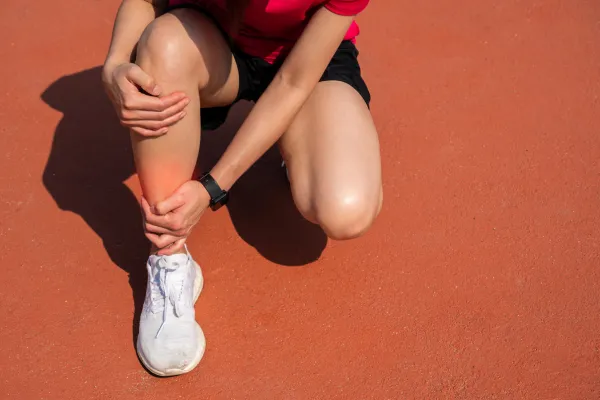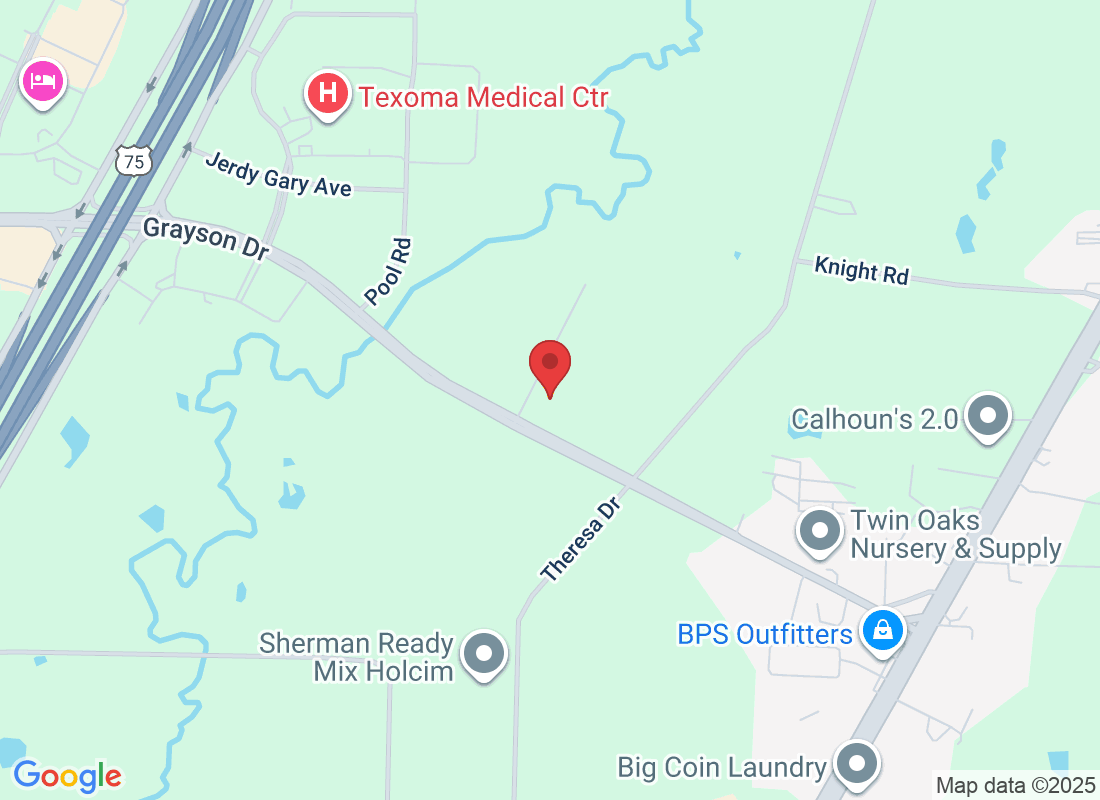
Shin Splints vs. Stress Fracture: How to Tell the Difference
The quick answer
Both problems cause shin pain, but they aren’t the same. Shin splints are irritation of the muscles and lining along the shin bone. Stress fractures are tiny cracks in the bone itself. One usually needs rest and activity changes; the other may need a boot and stricter limits.
A simple side-by-side guide
Where it hurts
Shin splints: A long, thin area along the inner edge of the shin (tibia). It can feel sore over 2–4 inches or more.
Stress fracture: Pain at a small, pinpoint spot on the bone. Pressing that exact point is sharply tender.
When it hurts
Shin splints: Hurts at the start of activity, may ease as you warm up, then returns after or later that day.
Stress fracture: Hurts during activity and often lingers after, including at night or with walking.
How it feels
Shin splints: Dull, achy, sometimes tight. Both legs may ache.
Stress fracture: Sharper, more focused pain. Usually one leg.
Hop test (easy self-check)
Shin splints: You may hop on that leg with mild to moderate pain.
Stress fracture: Single-leg hop causes sharp, localized pain—often a “nope” right away.
If hopping brings sharp, pinpoint pain or you’re limping, stop and get checked.
Why these happen
Training changes: Big jumps in mileage, hills, or speed.
Shoes: Worn-out cushioning or the wrong type for your foot.
Surface: Hard roads or slanted sidewalks.
Form & strength: Tight calves, weak hips, or overstriding.
Bone health: Low vitamin D, low calorie intake, or menstrual changes can raise stress fracture risk.
What helps right now
If it seems like shin splints
Cut back, don’t stop: Reduce impact (walk/jog intervals, cycling, swimming) for 1–2 weeks.
Ice 10–15 minutes after activity.
Calf and shin stretches: Gentle wall calf stretch, 20–30 seconds, 3–4 times a day.
Strength:
Calf raises (2–3 sets of 10–15)
Toe lifts (raise toes while heels stay down)
Short foot/arch holds (5–10 seconds, 10 reps)
Shoes/insoles: Replace worn shoes; consider supportive insoles or orthotics.
Surfaces: Choose softer paths when possible.
If you suspect a stress fracture
Stop impact: No running or jumping.
Use a boot if advised: It protects the bone while it heals.
Pain-free cross-training: Bike, swim, or use an upper-body ergometer.
Nutrition: Enough calories, calcium, and vitamin D to support healing.
When to see a podiatrist (don’t wait on these)
Pinpoint bone pain that fails the hop test
Pain with normal walking or night pain
Limping or swelling over a small spot on the shin
Pain that doesn’t improve after 1–2 weeks of rest and shoe changes
History of stress fractures, low vitamin D, or menstrual/hormone changes
At Foot & Ankle Texas, we can examine your gait, check tender points, and—if needed—order imaging. X-rays can miss early stress fractures, so sometimes an MRI or other tests are best. We’ll build a plan that fits your goals and timeline.
Safe return-to-run roadmap (general guide)
Pain-free walking for 5–7 days.
Walk/jog intervals on soft ground (e.g., 1 min jog / 2 min walk × 20–30 min).
Add minutes first, speed later: Increase total time by ~10% per week if pain-free.
Keep strength work: Calf raises, hip abductor work, core control.
Check shoes: Replace around 300–500 miles or if cushioning looks flat.
If pain returns, step back to the last pain-free level for 3–5 days, then try again.
FAQs
Can I run through shin splints?
Short answer: not if it keeps hurting. Switch to low-impact activity and focus on strength and shoes. Running through pain can turn a small problem into a bigger one.
How long does a stress fracture take to heal?
Often 6–8 weeks for the bone to settle, sometimes longer. A boot or strict rest may be needed to protect it.
Do I need orthotics?
Some people benefit, especially with flat feet, over-pronation, or recurring shin pain. We’ll assess your foot type and gait to decide.
What about ice vs. heat?
For fresh pain or after activity, ice is best. Use gentle heat later for muscle tightness if there’s no swelling.
Ready to sort out your shin pain?
You don’t have to guess. We’ll help you find the true cause, ease the pain, and guide a safe return to the activities you love.
Foot & Ankle Texas — expert care to keep you moving.
Call us or book online for a visit.



